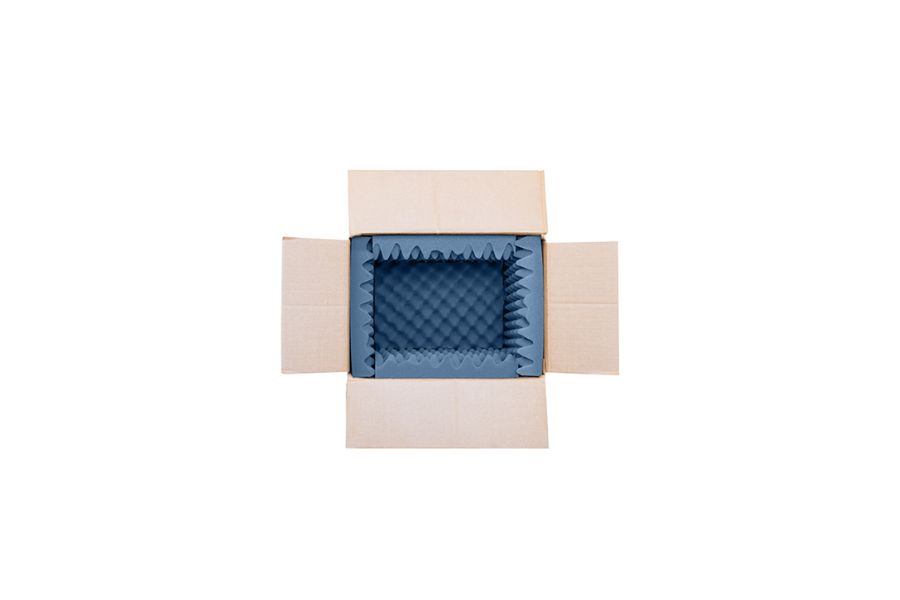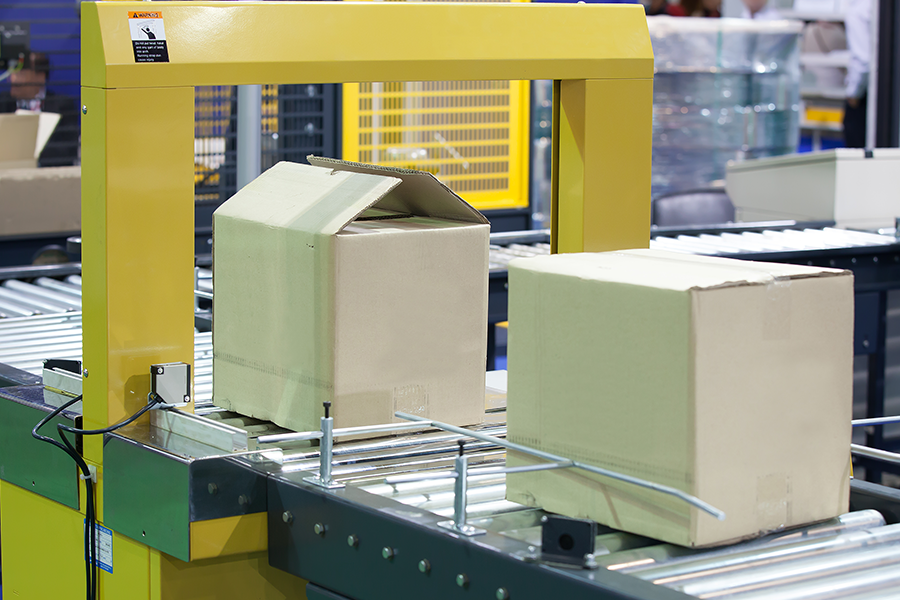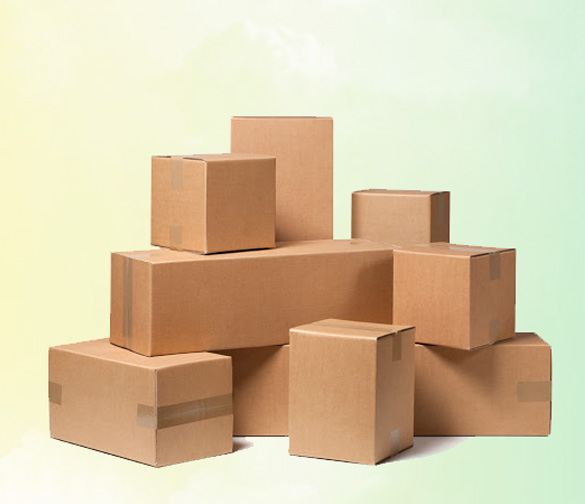

By: admin/Eco-Friendly Packaging
In 2024, the shift toward eco-friendly packaging is more prominent than ever. Companies and consumers are demanding solutions that align with environmental goals. Here are the top three trends in eco-friendly packaging in Canada to watch for this year.
Why It Matters:
Biodegradable and compostable materials are becoming popular in eco-friendly packaging in Canada. These materials break down naturally, reducing waste and pollution.
Key Benefits:
Examples:
Why It Matters:
Recycling and upcycling are crucial for sustainable packaging in Canada. These processes reuse waste materials, decreasing the need for new resources and lowering environmental impact.
Key Benefits:
Examples:
Why It Matters:
Minimalist packaging designs use fewer materials, aligning with the principles of eco-friendly packaging in Canada. Innovative designs push the boundaries of traditional packaging to reduce waste.
Key Benefits:
Examples:
Coleman Containers, a leading name in the packaging industry since 1966, exemplifies the shift toward sustainable practices. With a range of eco-friendly packaging options, including biodegradable and recycled materials, Coleman Containers is dedicated to providing smart, safe, and sustainable solutions. Their commitment to quality and environmental responsibility makes them a standout choice for businesses seeking eco-friendly packaging in Canada.




Get Free Estimate!
